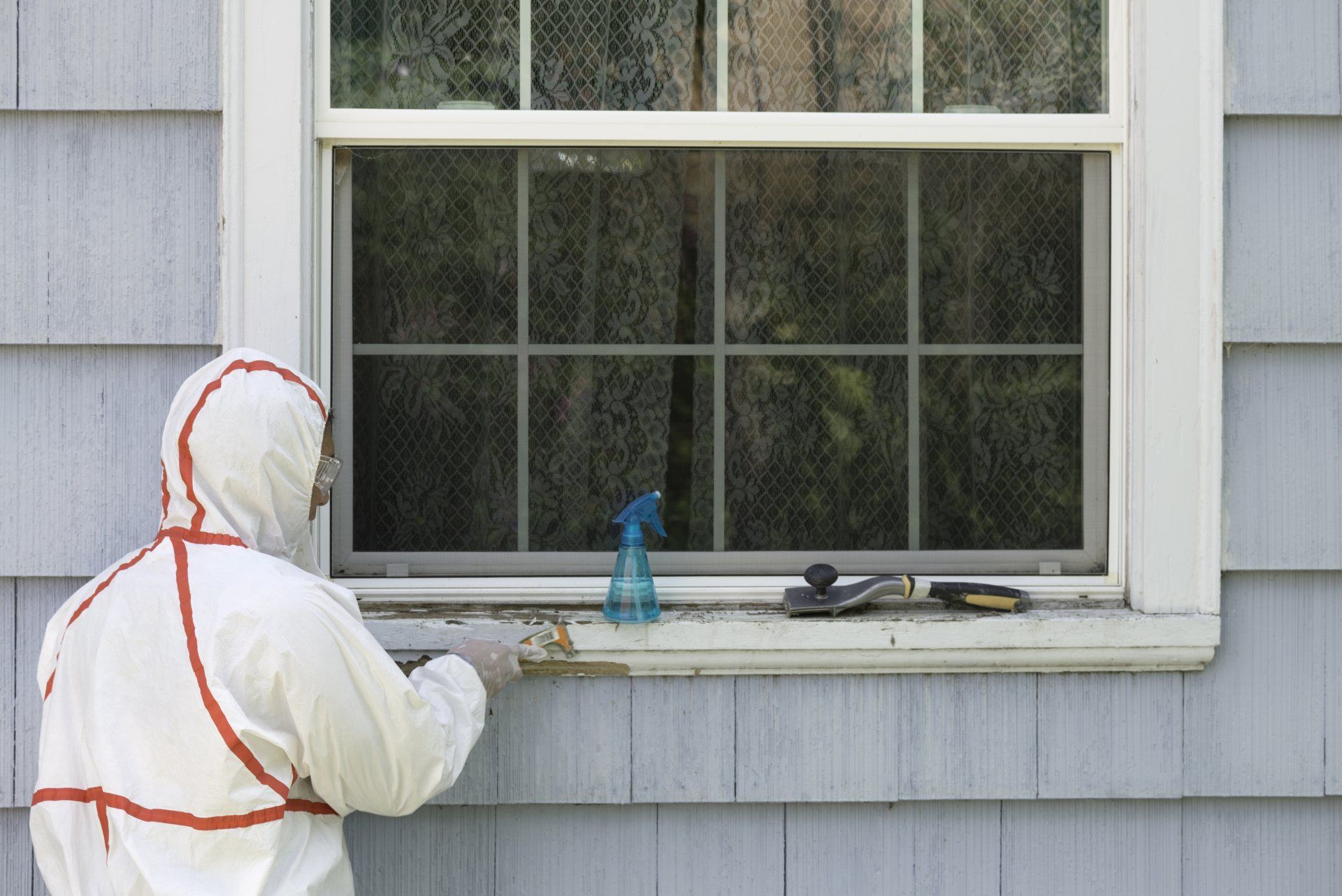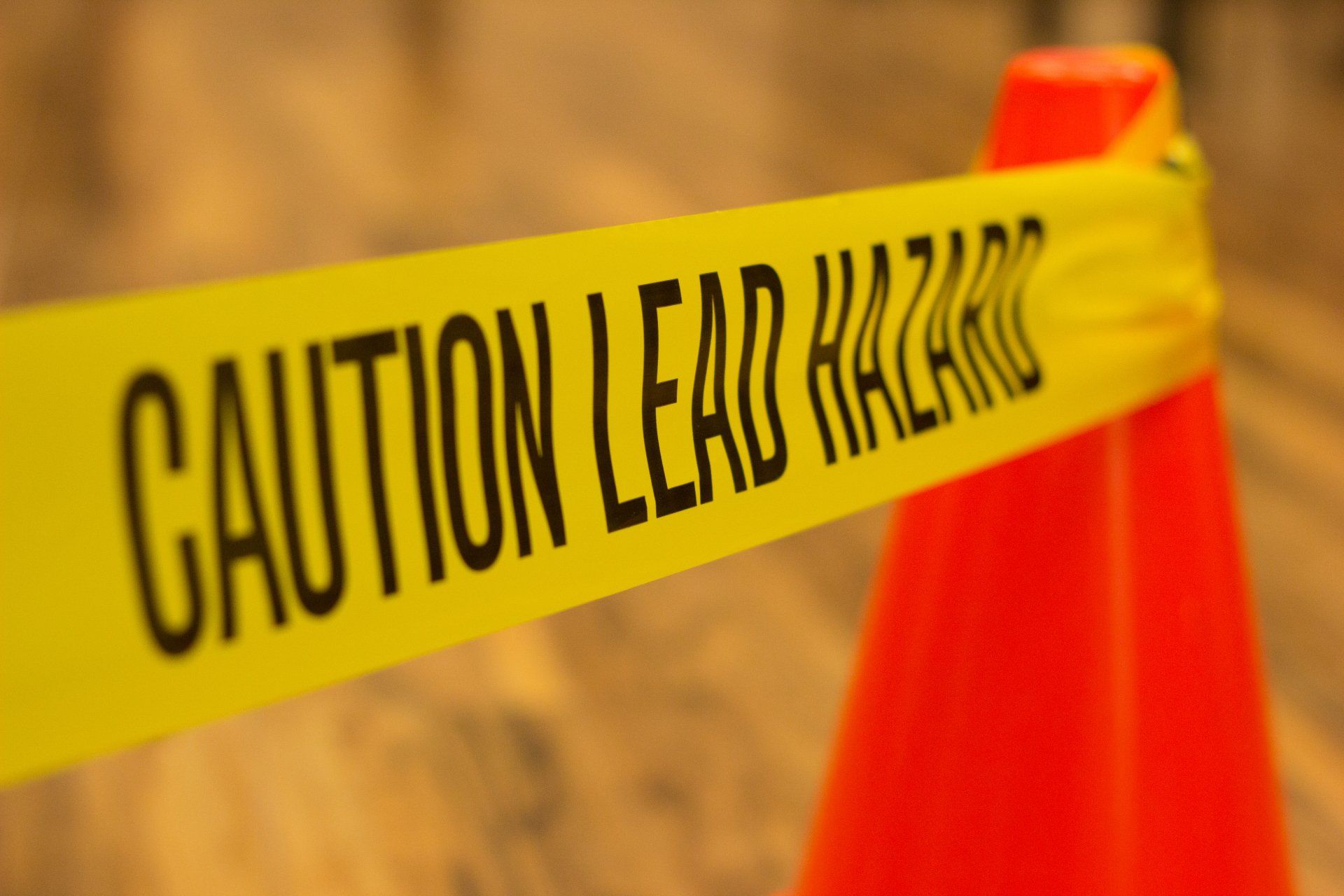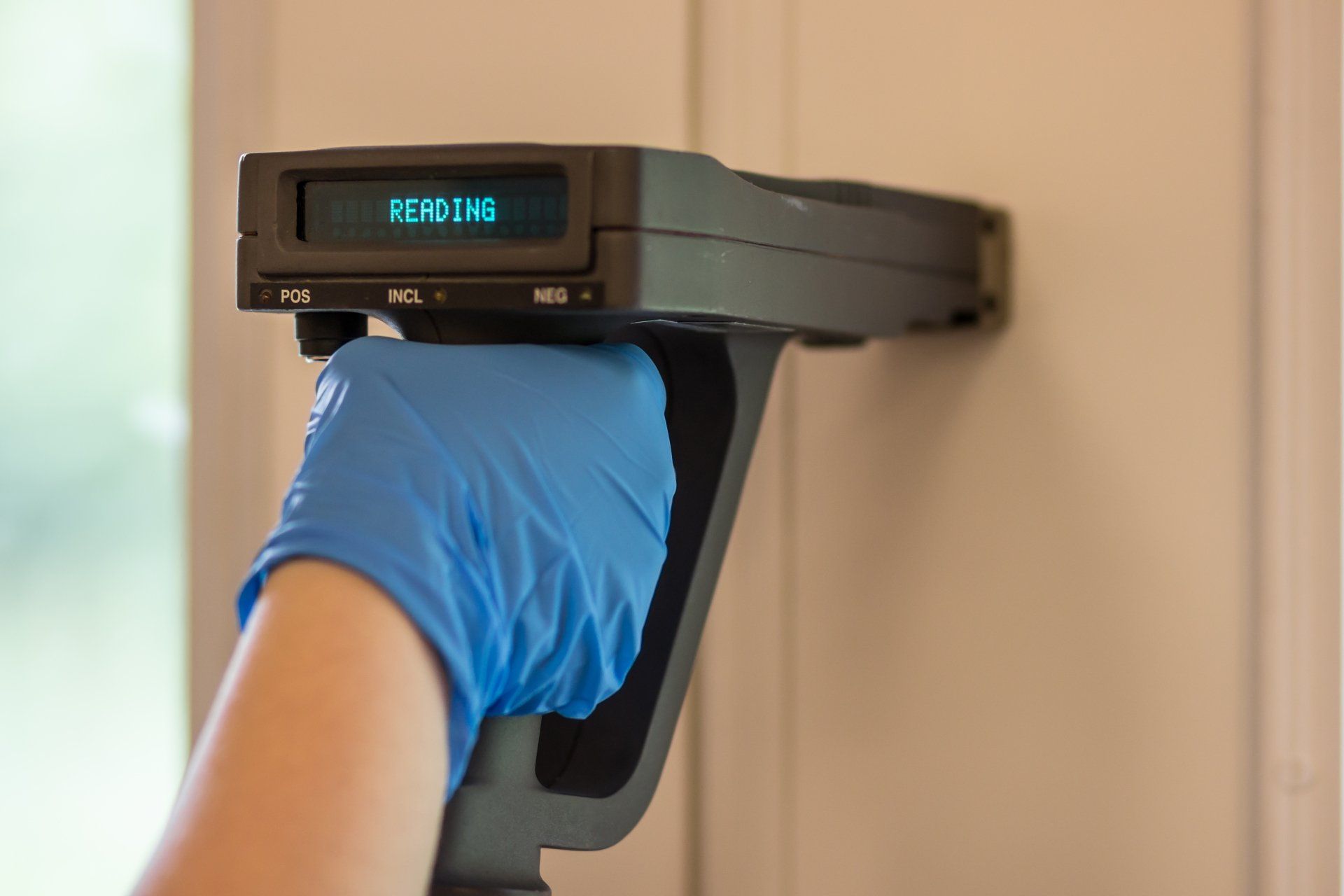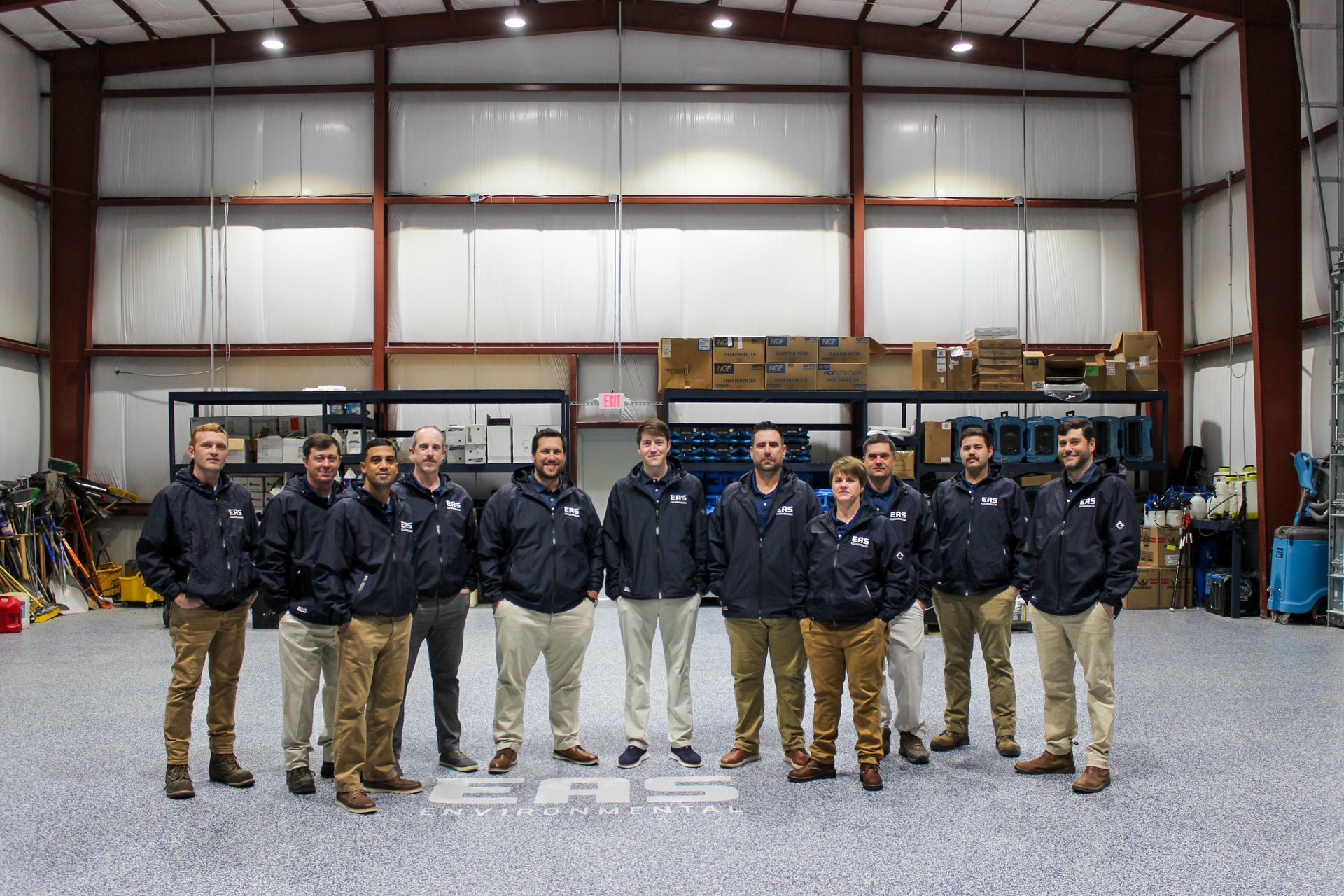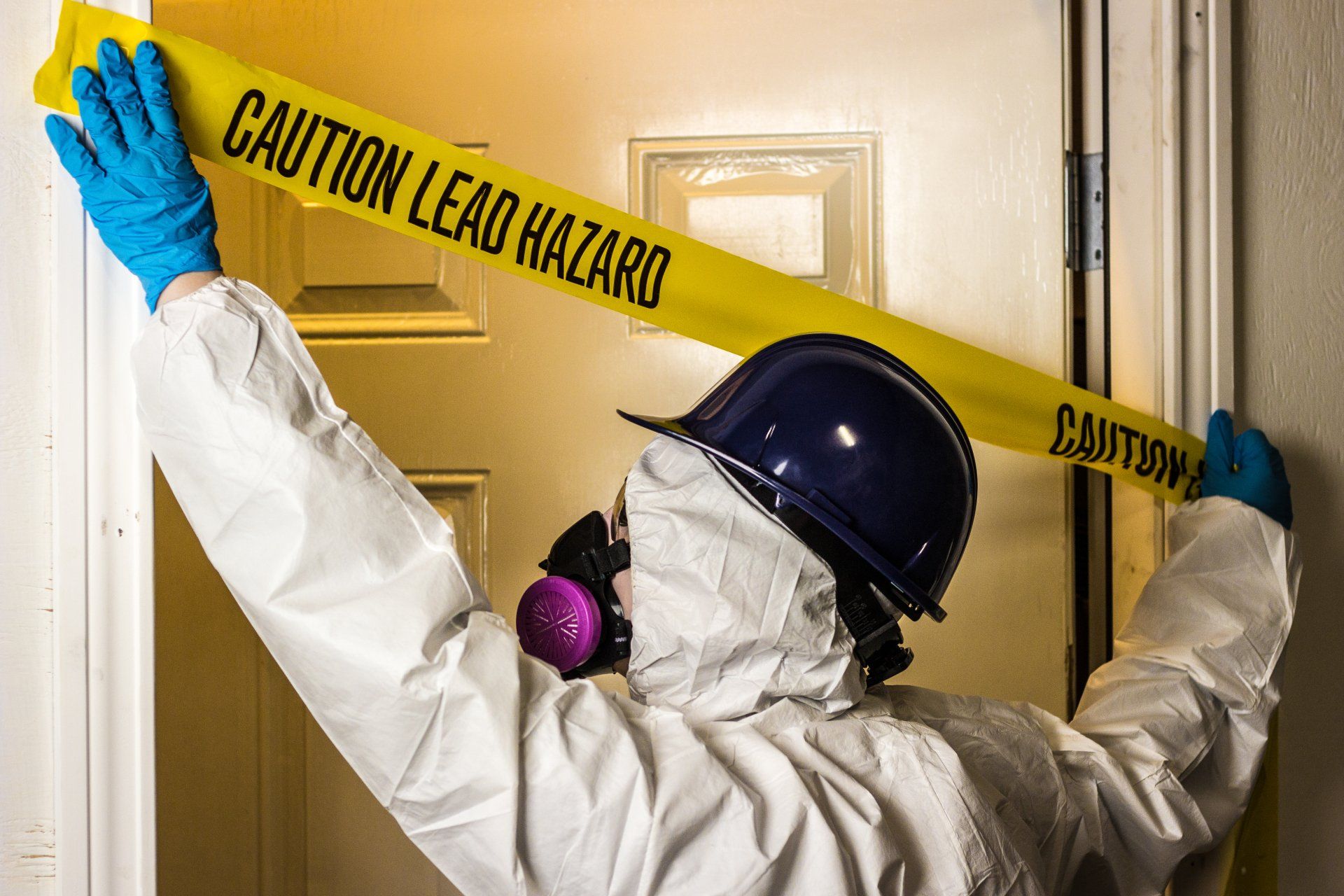
This is a blog about how to get rid of lead in your home. It will cover the hazards of lead, how it can be detected in your home, and what you can do to protect your family from lead.
Lead exposure is a major public health concern because children are at risk for developmental delays and learning disabilities that may last their whole life if they’re exposed to high levels of lead.
The most common sources of lead in the home include paint chips or dust; old windows with chipping paint; drinking water from older pipes containing high levels of lead; contaminated soil outside the house or near an older building where there was once industrial activity; second-hand smoke (especially from smokers who live inside the house); art supplies; and old toys or furniture. Sometimes lead exposure can be caused by work being done on water pipes, a family member living or working in an older building, or a child putting objects in his mouth.
Lead paint can chip off walls and contaminate the dust within your home. The dust from chipping paint is too small to see with your eyes but can be easily breathed into your lungs. When lead paint chips and settles on the floor or anywhere else in the home it becomes a health hazards.
1. There are many sources of lead in the home, including paint
Lead is found in many places in homes, including paint. Lead-based paint was used as a form of protection on exterior walls and other surfaces until 1978, and interior lead-based paint may also still exist.
The Charleston Lead Abatement Department recommends that you have your home tested if you suspect it contains lead-based paint. You may contact the Charleston Health Department at 843-460-8391 for information about lead testing in your area. The EPA also has a useful website with more information on identifying and dealing with lead.
Reduce your potential exposure to lead by eliminating or reducing the use of lead-based paint. All peeling or flaking paint should be removed promptly and disposed of safely to prevent ingestion by children or pets, and adults should wash their hands thoroughly afterward.
2. Lead can be found in water pipes and plumbing fixtures
Lead can be found in water pipes and plumbing fixtures. Lead can get into the water from household dust caused by deteriorating lead paint, particles of lead-based paint that may flake off of nearby house's walls, cement or gravel near old buildings or homes where lead was once used in the roofing material. When the water in your home mixes with household dust, it carries tiny bits of lead into your drinking water.
Lead solder may also be a source, as well as brass or copper fixtures that have joined copper pipes together and become oxidized over time–creating another pathway for lead to enter your drinking water.
The Charleston, SC area uses chloramines which are a combination of chlorine and ammonia to disinfect water. Unlike chlorine, it does not dissipate from the water as it travels through pipes. It is more stable and can remain in the distribution system for long periods of time. Chloramines are less corrosive than chlorine making them less likely to damage the inside of the pipe. In Charleston, SC chloramines have been used since at least 1989 and are commonly used throughout the country.
Water testing has revealed that chloramine remains in Charleston's drinking water longer than chlorine, allowing more time for the lead to leach from household fixtures or plumbing into your home's drinking water. The US EPA has determined that homes built before 1986 should have water filters installed.
The Charleston Health Department has a special Home Water Filtration Program for qualifying residents of the City of Charleston to assist them in mitigating some of the lead exposure from drinking water. A new filter is provided each year at no cost and helps remove up to 95% of contaminants that can cause disease.
3. The most common source of lead poisoning is old paint on windows or doors that has deteriorated over time
The most common source of lead poisoning is old paint that is on windows or doors that has deteriorated over time. New approaches to lead abatement continue to be explored by the CDC, and they can be found in their publications listed below.
References
1. "Lead Poisoning Prevention Program (LPPP) for Former or Current Manufactured Home Residents." Centers for Disease Control and Prevention, 18 Nov. 2011. Web. 21 Apr. 2014.
2. "High Blood Lead Levels in Children." Centers for Disease Control and Prevention, 6 Dec. 2013. Web. 21 Apr. 2014
3. "Abatement of lead-based paint hazards in the home: a consumer's guide." Centers for Disease Control and Prevention, Jan. 1996. Web. 21 Apr. 2014
4." CDC - NIOSH Pocket Guide to Lead at Work 2012 Edition ." Centers for Disease Control and Prevention, 29 Nov. 2012. Web. 23 Apr. 2014
4. You should have your home tested for lead if you live in a house built before 1978
You should have your home tested for lead if you live in a house that was built before 1978. The older the house, the greater the risk. Why? Because most homes built before 1978 have lead paint, and the older a home is and the more layers of old paint exist, there's greater chance that leads are in your home. And while you might not see it on the surface, chipping or flaking lead-based paint is an ongoing hazard for kids. And once paint containing lead is disturbed, the dust can create a problem.
5. If you find high levels of lead, it's important to get an abatement plan from a professional contractor
There are many reasons why it's important to get a lead abatement plan from a professional, but the most critical is if you find high levels of lead. There are certain precautions that need to be taken when removing lead paint. If you're not careful, you can cause more harm than good. Don't worry though, there are plenty of professionals who know what they're doing and will help guide you in the right direction.
A professionally trained contractor will be able to take care of it for you in Charleston, SC like EAS Environmental.
Conclusion
If you’re reading this article and find yourself nodding your head in agreement with the content, please share it on social media. Lead exposure is a serious public health issue that can affect anyone who comes into contact with lead-based products or environments. This is not something we should take lightly! We hope you found this article informative and if you have any questions about how to protect yourself from lead exposure at home or work, feel free to reach out anytime. Our experts at EAS Environmental are ready to help!
Charleston, South Carolina
Charleston is a city in South Carolina, United States. The population was on the up and the city experienced growth during the second half of the 20th century. The geographical boundaries for the city are located about 20 miles from Charleston Harbor, in a peninsula. The climate is warm with an average temperature of 55 degrees Fahrenheit. The city has a long history of settlement being established as early as the 1670s. The population is approximately 152,988 as of the year 2010.
Contact EAS Environmental Today!
EAS Environmental will do everything we can to ensure your experience with us is excellent.
Request A FREE Estimate
Request a Free Estimate Form
Checkout Recent Post
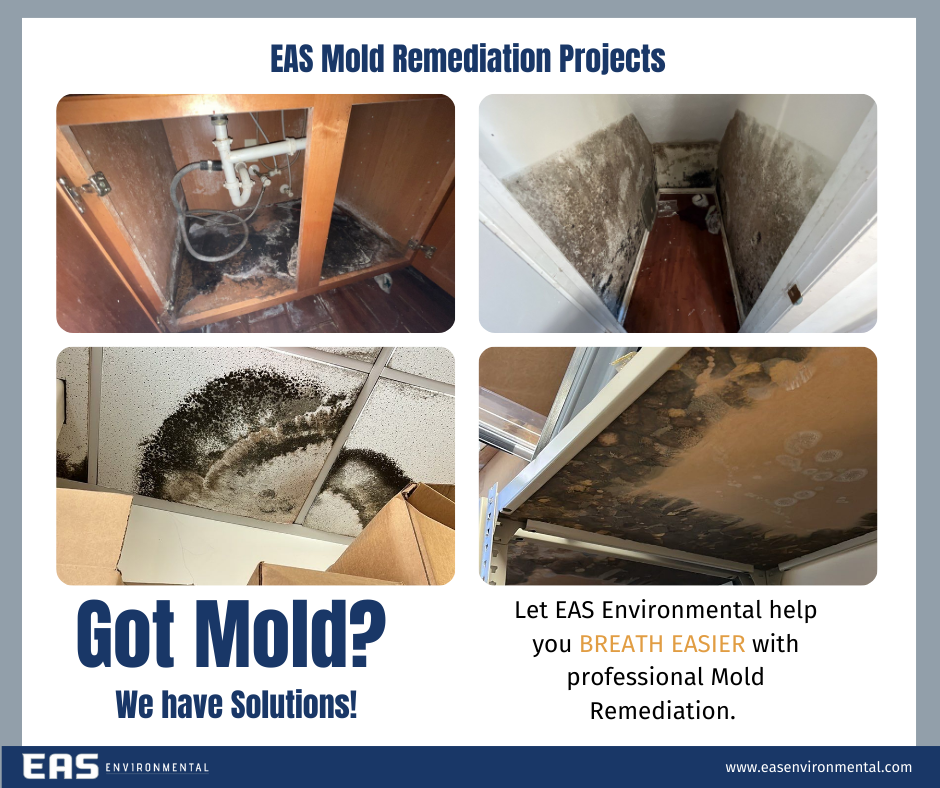
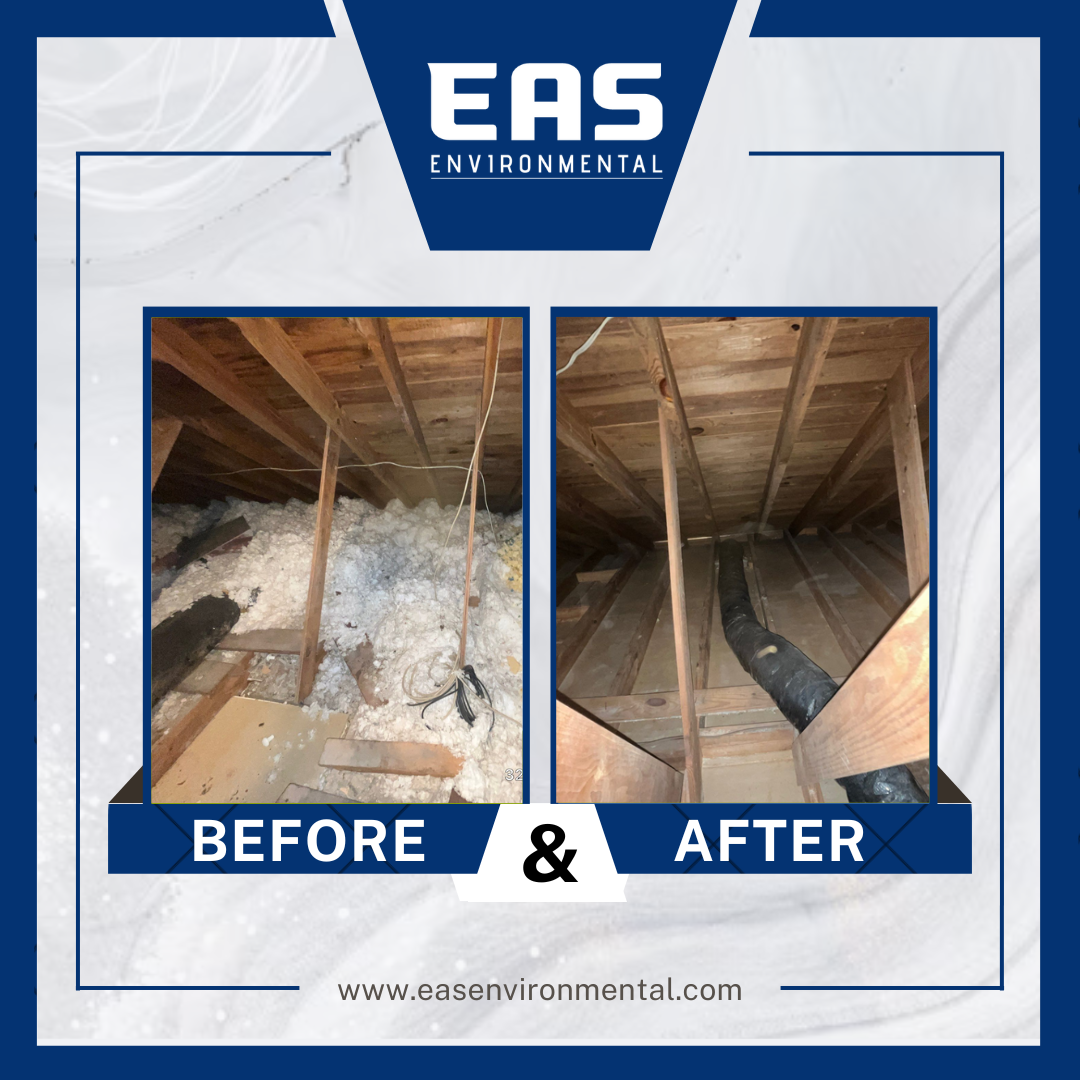

Got a Question? We’re Here to Help.
You can arrange an appointment or make an enquiry by phone or email, orget in touch to us via our contact form.

